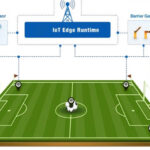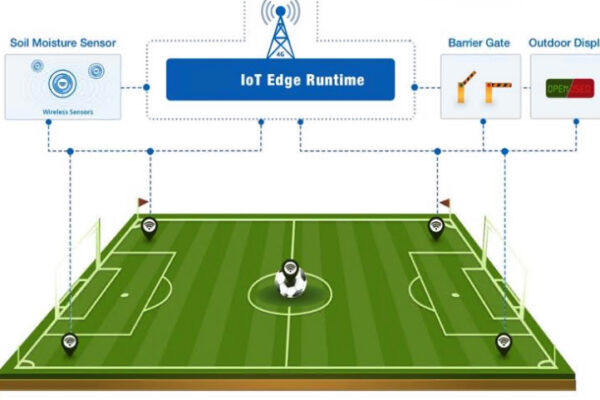Reporting Road Conditions During or After Snowfall: Smart City Version
The snowfall in Research Triangle Park (RTP), NC, over the past two days has left residents grappling with a common winter challenge: determining whether roads are safe to drive. Social media is abuzz with questions about road conditions, and while television news provides updates on accidents and snowfall totals, there remains a gap in localized, actionable road safety information. This blog explores how smart city technologies can bridge this gap, ensuring safer commutes during winter weather.
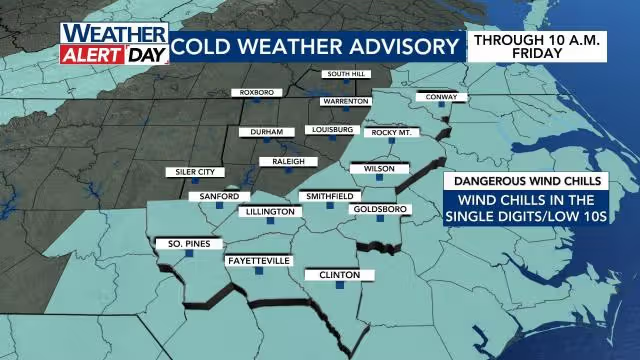
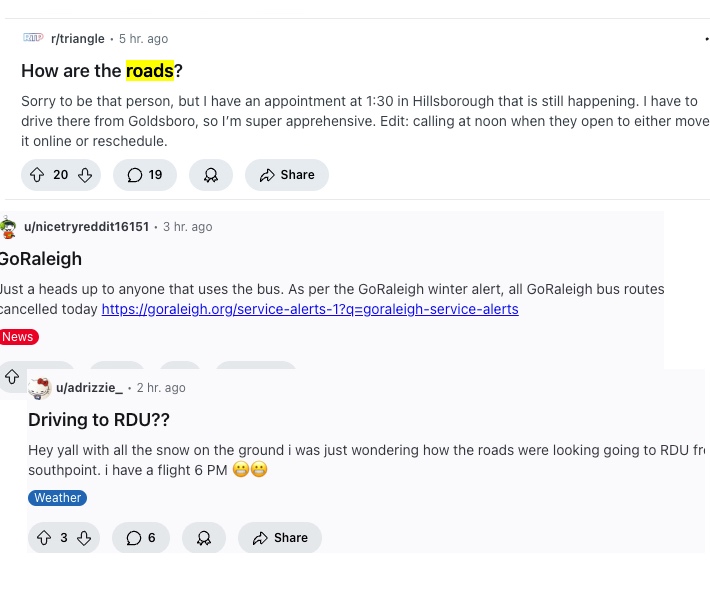
The Problem: Lack of Real-Time Road Condition Updates
Despite advancements in weather forecasting and traffic reporting, residents often lack reliable, real-time updates on road conditions specific to their routes. Key issues include:
- No Centralized Source: Drivers cannot easily access detailed reports about specific streets or highways between their homes and workplaces.
Forced Travel: Many are compelled to drive to work without clear advisories, increasing the risk of accidents.
Underutilized Infrastructure: RTP has a network of road-monitoring cameras that could provide valuable insights but are not fully leveraged for public reporting.
The Smart City Solution
Smart city technologies offer innovative ways to monitor and report road conditions during winter weather. Here’s how:
- Leveraging Road Cameras with AI:
Existing traffic cameras can be equipped with video analytics software to assess road conditions in real-time. AI algorithms can detect snow, ice, slush, or clear roads by analyzing visual data from these cameras.
This data can then be integrated into platforms like Google Maps or dedicated apps to provide live updates for drivers.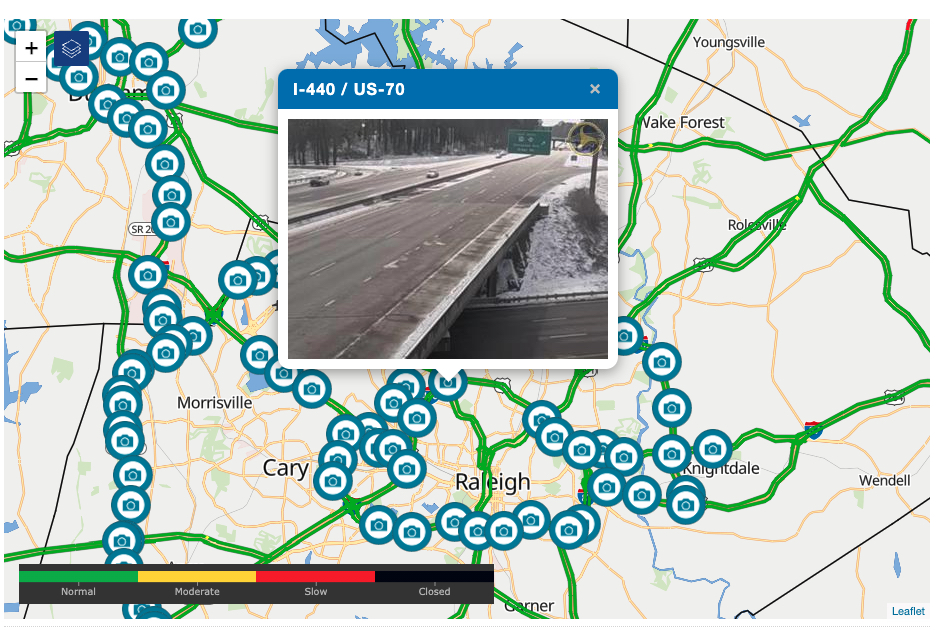
Live Traffic Cameras from NCDOT [https://www.wral.com/traffic/19604253/] - IoT Sensors Embedded in Roads:
Smart sensors embedded within roadways can measure surface temperature, detect ice formation, and report snow accumulation. These sensors act as “eyes on the ground,” feeding critical data to control centers.
When combined with predictive AI systems, cities can proactively deploy snowplows or activate heating systems embedded in roads to prevent hazardous conditions. - Public Accessibility via Apps:
A dedicated app could provide drivers with real-time updates on road conditions along their planned routes. Features might include:
Alerts for icy patches or snow-covered roads.
Recommendations for alternative routes.
Integration with navigation tools like Google Maps for seamless travel planning.
Benefits of Implementing Smart Winter Road Monitoring
- Enhanced Safety: Real-time updates reduce accidents by helping drivers make informed decisions.
Efficient Resource Allocation: Data-driven insights allow cities to deploy plows and salt trucks where they are most needed.
Improved Public Trust: Transparent reporting fosters confidence among residents during adverse weather conditions.
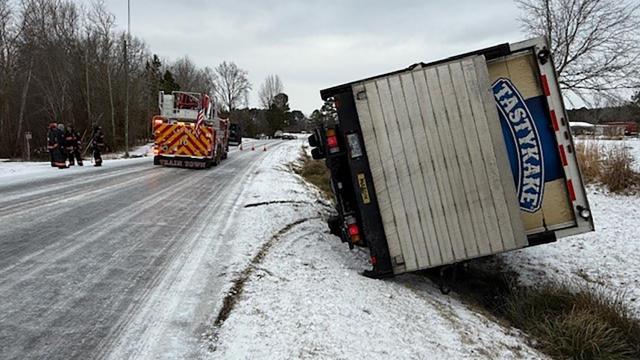
A Call to Action for RTP
To address the challenges posed by winter weather, RTP should consider investing in smart city technologies that leverage its existing infrastructure. By integrating AI-powered video analytics, IoT sensors, and user-friendly apps, the region can transform its approach to winter road safety.
Residents deserve better tools to navigate snowy roads safely. With smart city innovations already available, it’s time for RTP to lead the way in modernizing winter travel solutions.
By adopting these strategies, RTP can ensure that no resident is left guessing about road safety after a snowfall.


